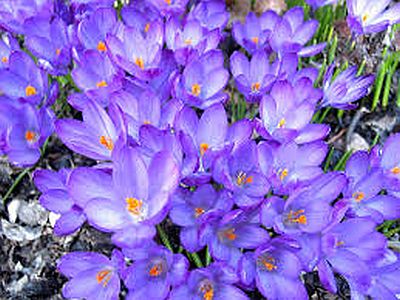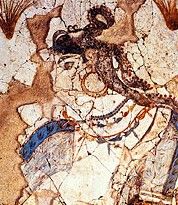 So ancient a love affair exists between humans and saffron that it can no longer reproduce without our help. Could its antidepressant and health-promoting properties be an example of saffron ‘returning the favor’?
So ancient a love affair exists between humans and saffron that it can no longer reproduce without our help. Could its antidepressant and health-promoting properties be an example of saffron ‘returning the favor’?
“Flowers always make people better, happier, and more helpful; they are sunshine, food and medicine for the soul.” ~ Luther Burbank
A alluring clue to how ancient the love affair between our species and saffron goes is that the plant known in Latin as Crocos sativus cannot reproduce without human assistance. Sterile, incapable of producing viable seeds, its bulb-like, starch-storing organ (clustered in what are known as corms), must painstakingly dug up, broken into individual bulbs, and replanted by hand.
As we discussed in a previous article about this truly magical flower,
“50,000 year-old depictions of prehistoric places in northwest Iran contained saffron-based pigments, indicating the human relationship with saffron is as old as time itself.”

What would have inspired this relationship? What would have compelled ancient farmers and herbalists to perpetuate, unbroken, this plant’s life cycle for thousands of generations? Is this an example of co-evolutionary interdependence?
Still today, it takes a Herculean effort to produce enough saffron to meet the global demand, that is barely met. One hundred and fifty hand-picked flowers still yields just 1,000 mg (0.035 oz) of dry saffron threads, and costs approximately $1,000 U.S. dollars a pound on the global market; there is no questioning that our motivation to engage saffron as a primary plant ally is as powerful today as it was a thousand years ago. Continue reading
